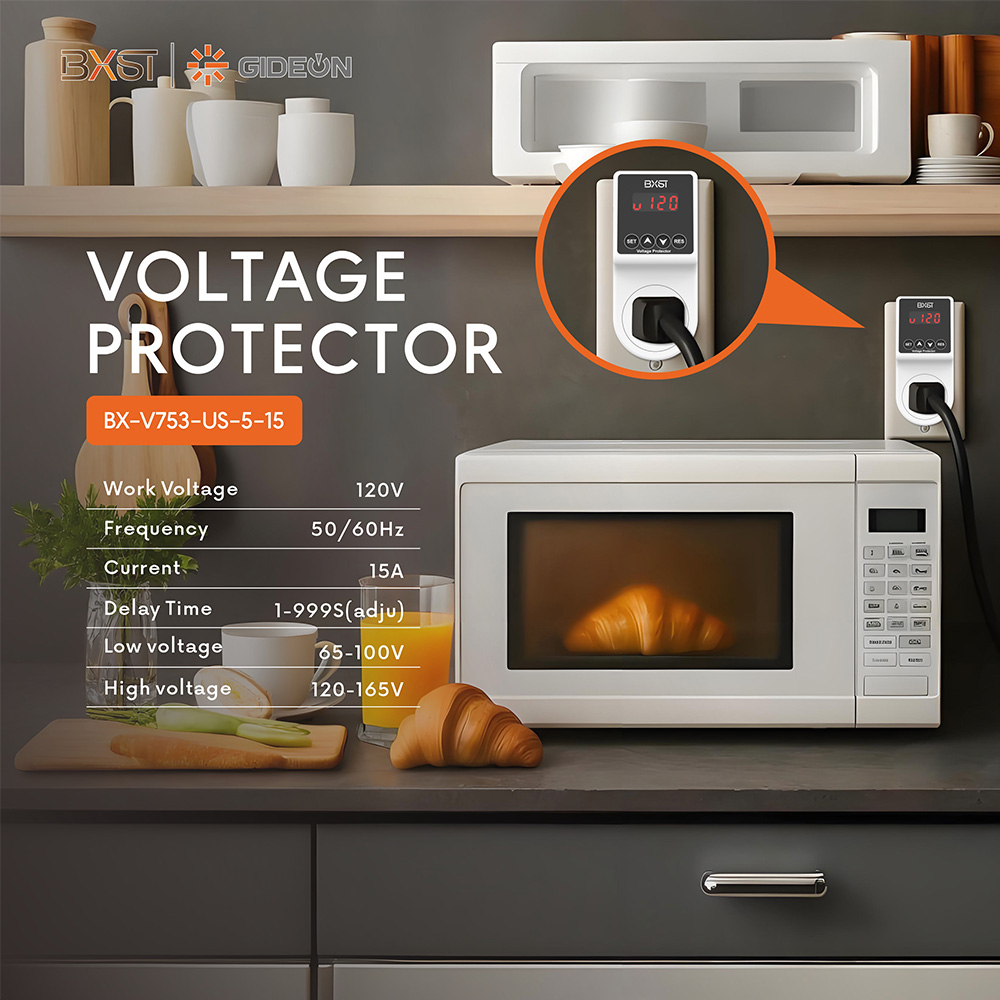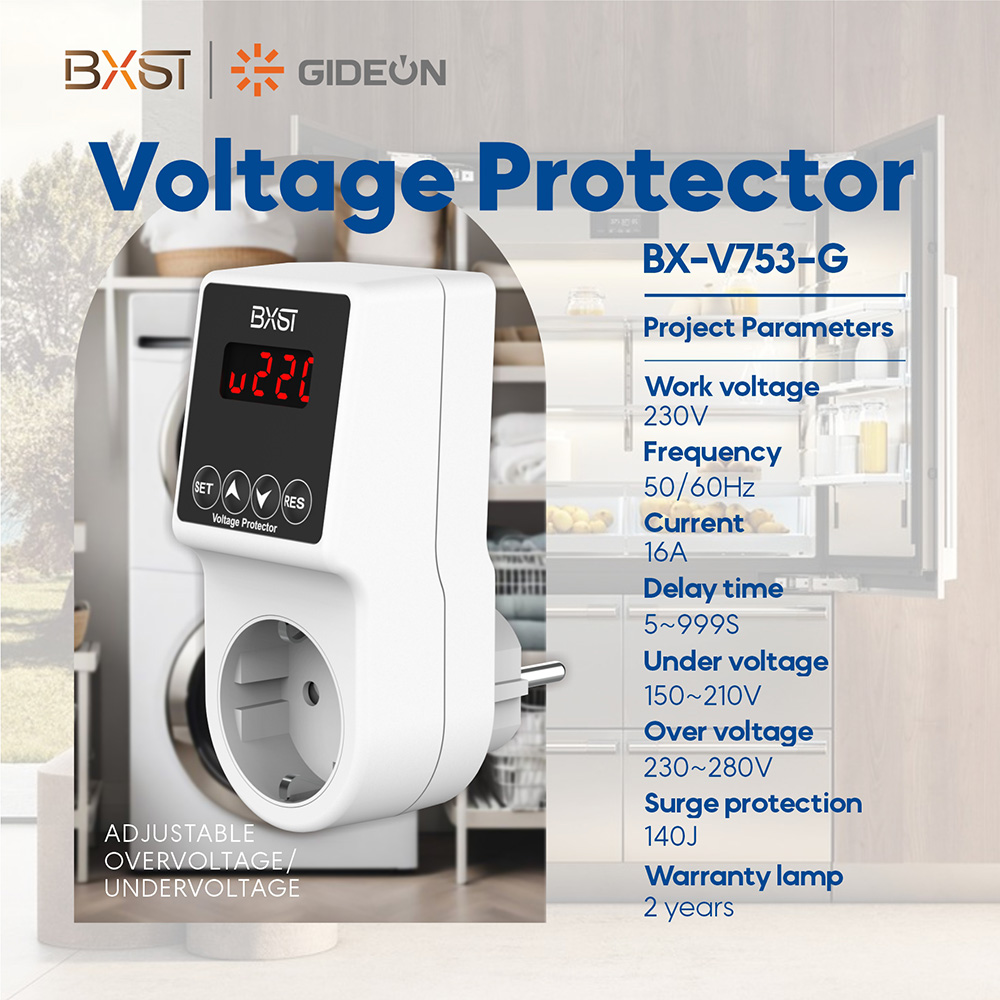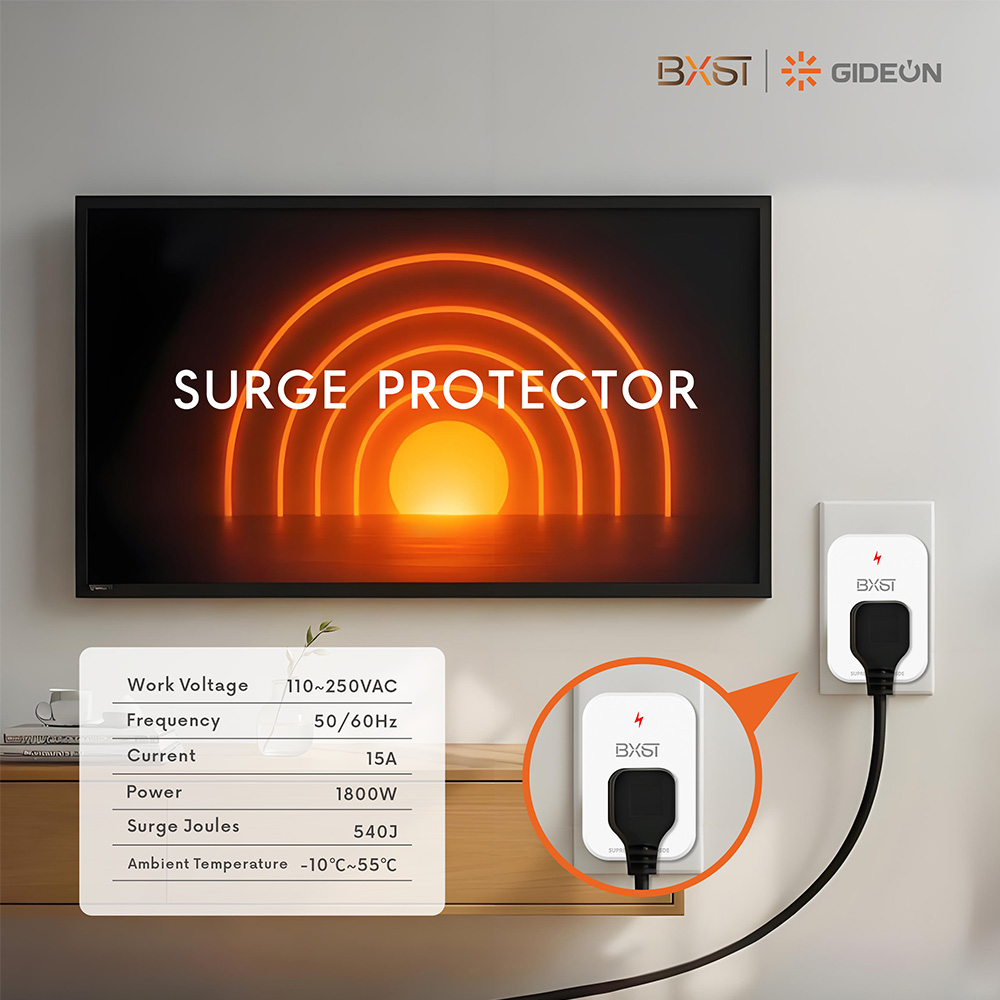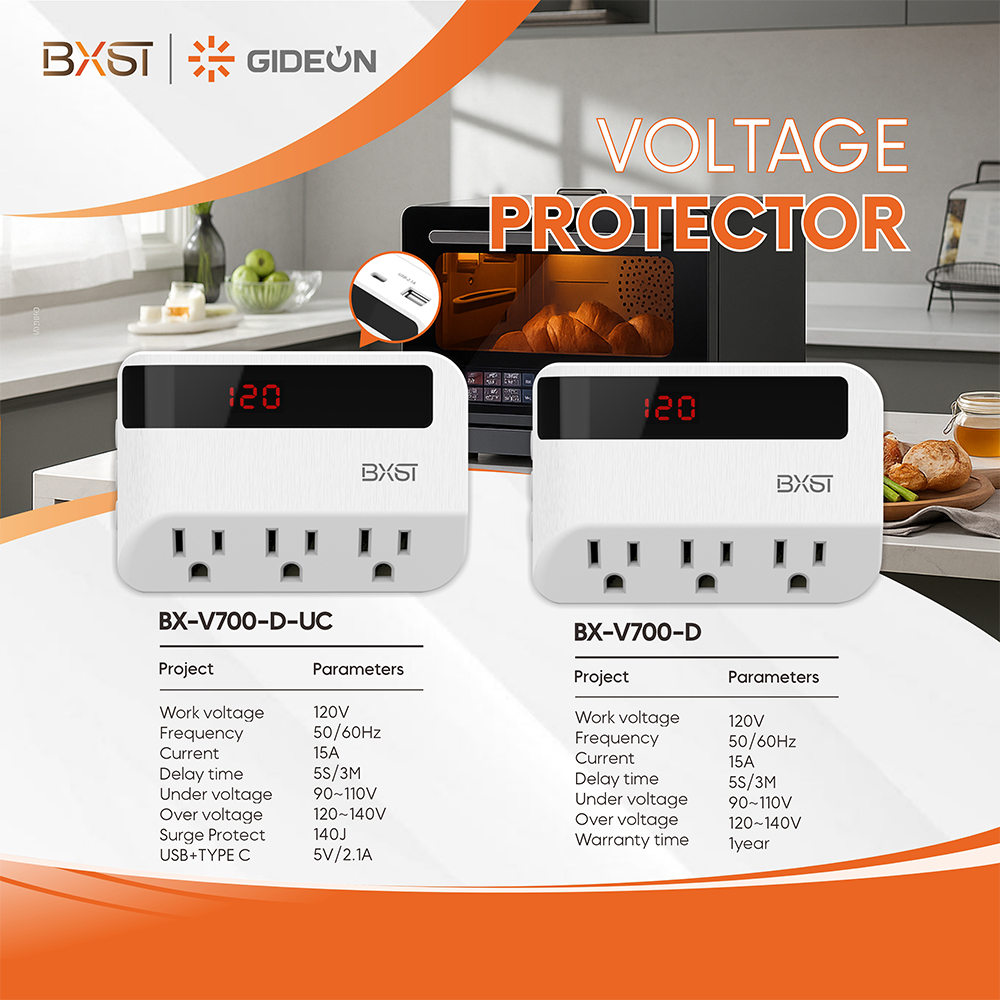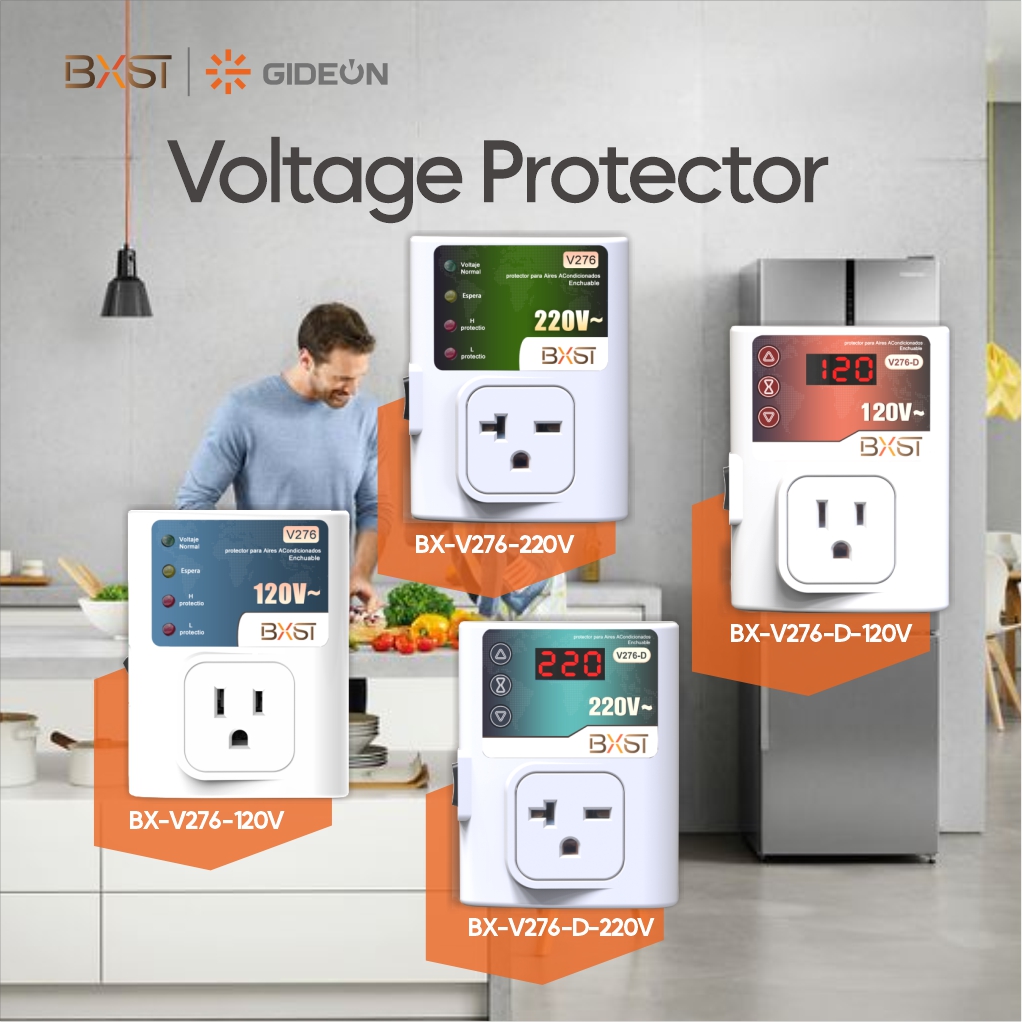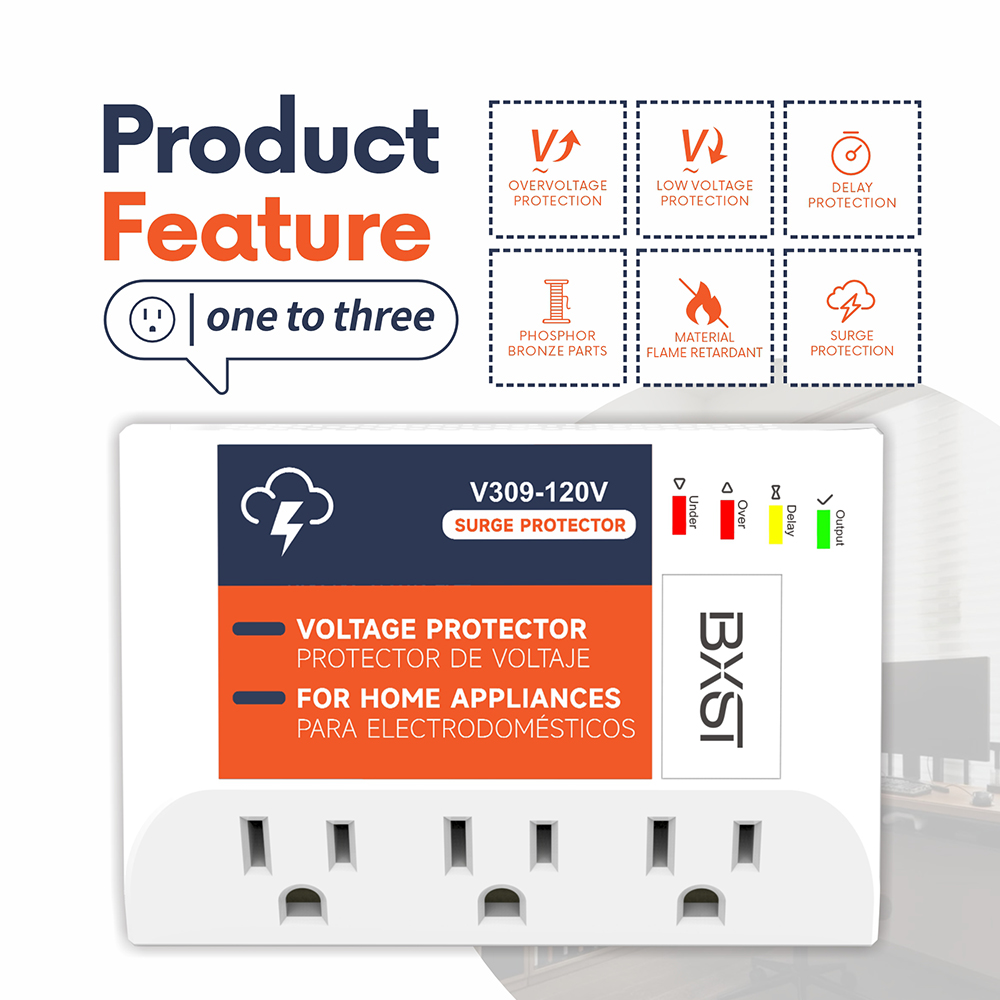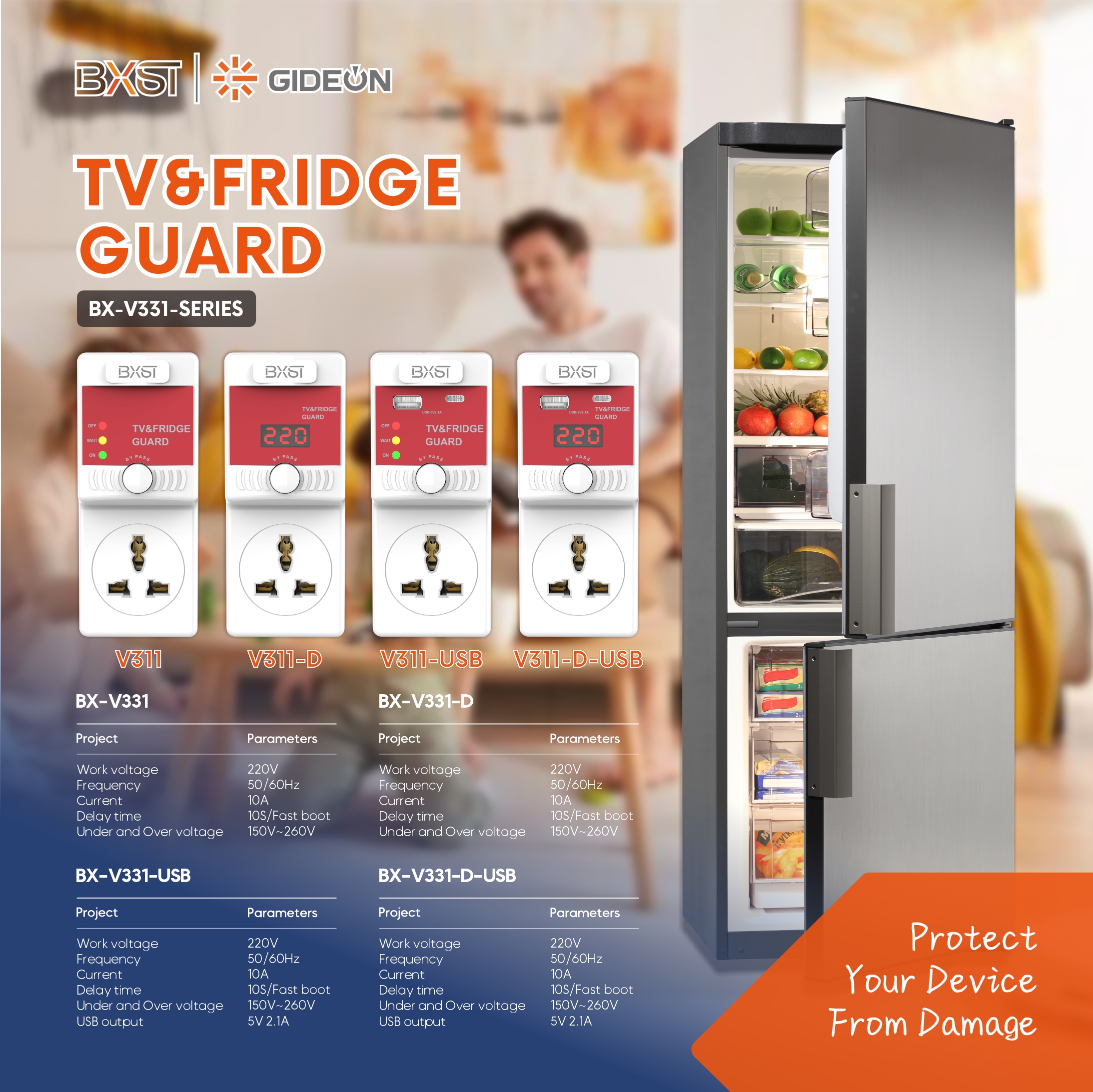How to Choose the Right Voltage Protector: An Ultimate Guide for Household Appliances
2025-12-07The core of selecting a voltage protector lies in matching it based on both the appliance's load characteristics (resistive or inductive) and its rated power (which determines the rated current). The following provides clear selection guidance by combining specific power and ampere values.
Working Principles and Identification of Resistive Load and Inductive Load Appliances
2025-12-02In modern household power supply systems, household appliances can be primarily categorized into two major types based on how they convert electrical energy into other forms of energy: resistive loads and inductive loads. Understanding the fundamental differences in their working principles is a prerequisite for correctly selecting voltage protection devices, surge protectors, and power distribution equipment to implement effective appliance safety and overvoltage protection.
The New Standard in Power Safety: Comprehensive Protection for Your Screen
2025-11-28In today's home entertainment systems, the television has evolved beyond merely being an information window—it's now the centerpiece of family audio-visual experiences. Whether it's a 32-inch compact screen in the bedroom or a stunning 75-inch giant in the living room, their internal electronic components demand exceptional power quality. Even a minor voltage fluctuation could result in expensive repairs or permanent damage to your device's lifespan.
More Than Protection: Choose the Perfect Packaging for Your Voltage Protector
2025-11-27In today's competitive market, the first impression is everything. Thoughtful packaging is more than just a "suit of armor" that ensures your product arrives safely; it's a "silent ambassador" for your brand, communicating quality, professionalism, and value. For essential and safety-critical products like voltage protectors, selecting the right packaging solution is directly linked to your sales channel strategy and brand perception. We present several professional packaging options to help you effectively reach your target audience.
Functions, Applications, and Selection Guide for Automatic Voltage Protectors
2025-11-07Having understood the intelligent working mechanism of the Automatic voltage protector, let's now take a comprehensive look at its value: What exactly can it do for us? Where is it applicable? And how should we choose one? This article will provide detailed answers.
How an Automatic Voltage Protector Works: The Secret of Its Intelligent Guardianship
2025-11-06In modern power grid environments, voltage fluctuations are invisible killers of precision electrical appliances. The Automatic voltage protector, as an intelligent device designed to address this issue, derives its core appeal from its ability to act and recover automatically. But how exactly does it achieve this intelligent guardianship?
Housing Material Guide: Performance Comparison and Application Scenarios of Six Common Engineering Plastics
2025-09-03The choice of housing material in electrical product design directly impacts the product's safety, durability, appearance, and cost control. Different plastic materials possess distinct characteristics, making them suitable for various usage environments and functional requirements. This article provides a detailed analysis of six commonly used engineering plastics—PA, PC, ABS, PP, PVC, and PET—focusing on their advantages, disadvantages, and suitable applications in housing design.
Essential Protection for Your Home: A Deep Dive into Fridge Guards and TV Guards
2025-09-01This article explores the core knowledge of these devices, specifically fridge guard and TV guard units, to help you scientifically safeguard your home's electrical system.






